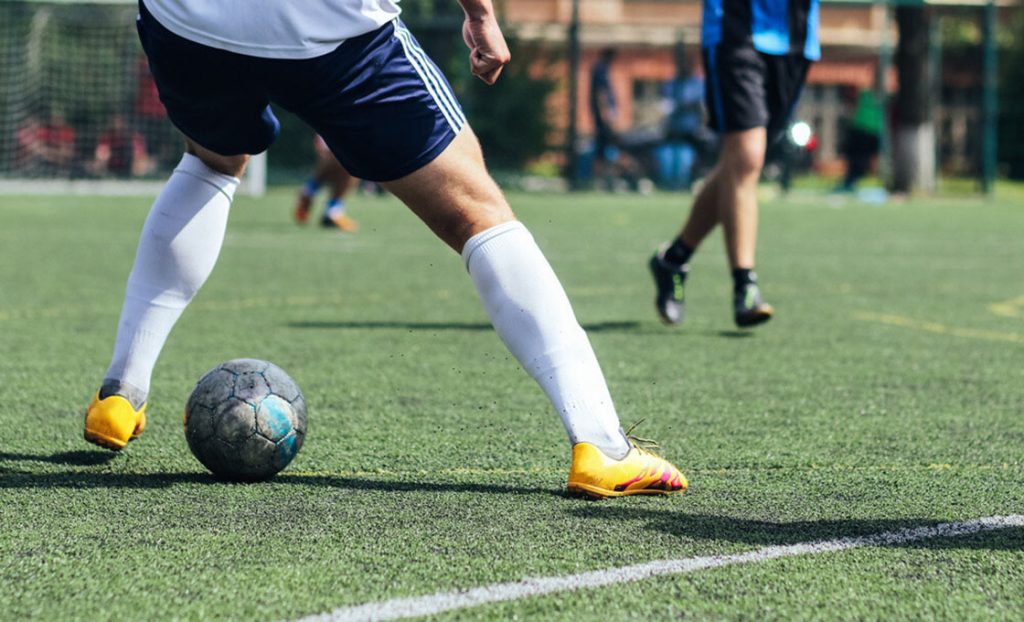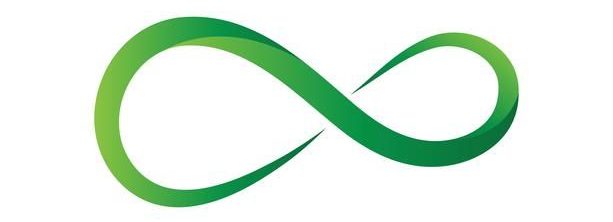Artificial grass is an increasingly popular option for sports surfaces because of its durability as well as its low maintenance requirements and dependable playing conditions. With a myriad of options it is essential to choose the appropriate turf for the field of play. This complete guide will explain the different kinds of artificial grass, the most popular games played on artificial turf, aspects to take into consideration when selecting artificial grass, as well as the advantages that it provides over natural grass.

Types of Artificial Grass for Sports
3G, 4G, and 5G Turf
The development of artificial grass resulted in the creation of 3G, 4G as well as 5G turf:
- 3G turf Third generation of artificial grass is made up of longer fibers as well as an infill (usually with rubber and sand) which mimics the characteristics that natural grass has. It is ideal for contact sports such as football as well as rugby and American football.
- four-generation turf Fourth generation turf removes the need for infill, resulting in an improved surface that is more consistent and requires less effort. It’s great for sports like hockey, tennis, or multi-sport facilities.
- 5G turf This is the most sophisticated option available, and 5G turf blends the advantages of 4G and 3G technology giving you an experience that is more realistic and requiring lower maintenance.
Non-infill, Sand-filled, and Rubber-filled Systems
Artificial grass systems are classified based on their filling form:
- non-infill system: As the name implies, they don’t need infill. This makes them easy to maintain and suited for sports like hockey, tennis and multi-sport facilities.
- System with Sand: Sand-filled turf has an underlying layer of sand which offers stability and support to grass fibers. This kind of surface is perfect for playing sports such as tennis and hockey.
- Systems with rubber-filled components: A combination of the sand and the rubber granules makes the infill of systems that are filled with rubber, resulting in more shock absorption, making them ideal for contact sports like rugby, football as well as American football.
Popular Sports Played on Artificial Grass
Football (Soccer)
Artificial grass is now the most popular option for football pitches because of its uniform playing surface, its durability and less maintenance requirements than natural grass.
American Football
Artificial turf is an improved, safer field for American football, decreasing the chance of injury and making it easier to perform.
Tennis
The constant bounce and lower maintenance required for artificial grass makes it an ideal choice for tennis courts both outdoor and indoor.
Golf
Practice facilities and golf courses have adopted artificial grass because of its ease of maintenance, durability and ability to replicate the characteristics of natural grass.
Hockey
Artificial grass provides a quick and reliable field hockey playing surface and is the most popular option for a variety of organizations and clubs.
Cricket
Practice nets and cricket pitches benefit by using artificial grass. It offers constant spin and bounce in addition to reducing maintenance needs.
Rugby
Artificial grass pitches for rugby offer increased safety, durability and performance when compared with natural grass, which makes these pitches an increasingly sought-after option for schools and clubs.
Multi-sport Facilities
Artificial grass is perfect for multi-sport areas, since it offers a reliable and a pliable playing surface for a range of activities.
Factors to Consider When Choosing Artificial Grass for Sports
Pile Height
The length of grass fibers, also known as heap height a crucial aspect to take into consideration when choosing artificial grass for sporting. The pile height is dependent on the sport that is played and the intended playing characteristics.
Infill Type
Select the correct type of infill (non-infill, infill that is sand-filled or rubber-filled) depending on the particular needs of the sport as well as the amount of stability, shock absorption and performance.
Pile Density
The density of grass fibers can affect the playability and durability that the synthetic grass provides. A higher pile density usually provides greater durability as well as an even more realistic playing surface.
Yarn Type
The materials used to make grass fibers may affect the durability, UV resistance and performance of artificial grass. The most common yarns are polypropylene, polypropylene, as well as nylon.
Durability
Be aware of the expected use and life span of artificial grass when choosing the appropriate option for your field of play. Artificial grass of high-quality can last for years if it is maintained when properly maintained.
UV Resistance
UV resistance is essential for artificial grass installations in outdoor areas since it ensures that the quality and appearance of the turf are kept over time even after exposure to sun.
Drainage
It is crucial to have a good drainage for athletic fields in order to avoid the risk of water logging and to ensure an even, safe playing surface. Make sure to choose artificial grass with an efficient drainage system for example, perforated backing.
Maintenance Requirements
Although artificial grass generally requires less care as natural grass does, maintenance is still required. Be aware of the requirements for maintenance for the synthetic grass that you select for replacement of infill cleaning, brushing, and infill replacement.
Safety
Safety is a top priority when deciding on artificial grass for your sports. Find products that provide sufficient shock absorption as well as ones which are safe as well as free from harmful chemicals.
Benefits of Sports Artificial Grass
Consistent Playing Conditions
Artificial grass offers a constant playing surface regardless of the weather conditions, which ensures an optimal performance and reducing chance of injury due to slippery or uneven surfaces.
Less Maintenance
As compared to natural grass artificial turf needs less maintenance, including the mowing, watering, or fertilization, which saves time and money for property owners and operators.
Weather Resistance
Artificial grass is able to withstand a variety of weather conditions, ranging from heavy rainfall to extreme heat without impacting the quality of the playing surface. This makes it an ideal choice for sports facilities that are outdoors.
Lower Injury Risk
artificial grass fields are constructed to help absorb shock and lower the risk of injuries, including strains and sprains, as when compared with the natural turf fields.
Eco-friendly
In requiring less chemicals, water, and fertilizers, artificial turf can be a green alternative for sporting facilities, which reduces their carbon footprint and environmental impact.
Roen Artificial Grass: Your Ultimate Wholesale Supplier
In short artificial grass has emerged as an extremely popular choice for sports facilities because of its long-lasting durability and low maintenance requirements and dependable playing conditions. When selecting the best artificial grass for your sport field, you must take into consideration factors like pile height, type of infill yarn, the material used for weaving, and security.
Roen Artificial Grass stands out as the best wholesale supplier. We provide a broad selection of top-quality artificial grass products as well as expert advice and outstanding customer service. Our dedication to quality, innovation, and sustainability makes us stand out from our competitors and makes Roen the ideal choice for your artificial lawn requirements. Select Roen and reap the benefits of working with a reputable company dedicated to exceeding your expectations.
FAQs
Do you see any benefits to the environment using artificial grass on sports fields?
Artificial grass needs lower amounts of water, pesticides and fertilizers than natural grass, which makes it a greener alternative for sports facilities.
What sports can be played using artificial surfaces?
Artificial grass is ideal for many different sports, including football American tennis, football cricket, hockey, golf as well as rugby and multi-sport facilities.
What are the most important factors to consider when choosing artificial grass to use for sports?
Take into consideration factors like pile height, type of infill pile density, yarn density, pile density the durability of your turf, its UV resistance the need for drainage and maintenance and safety when selecting artificial turf for sports.
How do I select the most appropriate pile size to use for my synthetic grass field?
The ideal pile height is contingent on the game being played as well as the desired characteristics. Be aware of factors such as bounce of the ball and surface stability as well as shock absorption when deciding on the proper pile size.
How do artificial grass compare with natural grass with regard to the risk of injury for athletes?
artificial grass fields are created to help absorb shock and decrease the chance of injuries, including strains and sprains as in comparison to naturally occurring grass lawns.
